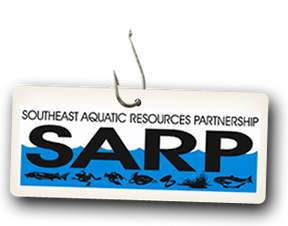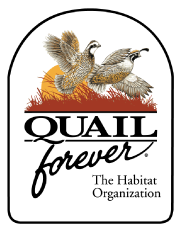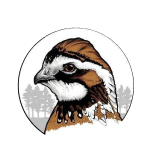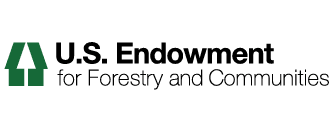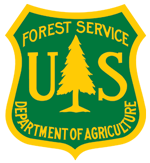Landscape Partnership Resources Library
Goal 3: Engagement & Dialogue of Work Plan Report Card
FY2014 Annual Steering Committee Meeting 5-Year Work Plan (“Report Card” updated August 2014).
Goal 2: Landscape-level Planning of Work Plan Report Card
FY2014 Annual Steering Committee Meeting of 5-Year Work Plan (“Report Card” updated August 2014).
Goal 1: Data and Toolsets of Work Plan Report Card
FY2014 Annual Steering Committee Meeting 5-Year Work Plan ( “Report Card” updated August 2014).
Major Highlights and Action Items from Appalachian LCC Steering Committee Meeting & Workshop Sept 3-5, 2014
The focus of the Steering Committee Meeting & Workshop was to advance the work of the conservation planning process. During the Workshop, Steering Committee members and invited experts began developing a process for articulating Appalachian LCC priority resources – considering both natural and cultural resources.
People on the Land and Along the Water: Understanding Traditional and Place-Based Knowledge
Presentation by Jennifer Talken-Spaulding.
Cultural Resources: An Overview of Heritage Resources at the Landscape Level
Presentation by Perry Wheelock.
Social Values and Socio-Economics
Introduction to the WNC Vitality Index Tool by Jim Fox and Angie Chandler.
Local Lessons for a Global Landscape Challenge
DESIGN AND PLANNING RESPONSES TO UNCONVENTIONAL SHALE GAS DEVELOPMENT by Tim Murtha
Enhancing the Climate Resilience of America’s Natural Resources
The President's Climate and Natural Resources Priority Agenda is the result of an interagency process to inventory and assess current policies, programs, and regulations related to climate change adaptation. The Agenda builds upon the robust climate change adaptation work already accomplished by Federal agencies and identifies significant actions moving forward. It specifically mentions how Federal agencies working to address ecosystem management issues through LCCs and other multi-stakeholder bodies will work with partners to select flagship geographic regions for which they will identify priority areas for conservation, restoration, or other investments to build resilience in vulnerable regions, enhance carbon storage capacity, and support management needs. Within 24 months, these agencies and their partners will have identified and mapped the initial list of priority areas within each of the selected geographic landscapes or regions.
Landscape Conservation Cooperatives: Building a Network to Help Fulfill Public Trust Obligations
The Landscape Conservation Cooperative (LCC) network (Network), comprised of 22 conservation partnerships spanning North America and U.S. Islands, is uniquely positioned to assist government members in fulfilling their public trust obligations to sustain natural and cultural resources for current and future generations by (a) ensuring inclusivity of broad stakeholder participation in conservation decision-making, and (b) building capacity for public trust to work in conservation, thus increasing the chance for successful and lasting conservation outcomes.
Cultural Resources GIS: Data Availability, Quality, and Management
By Deidre McCarthy, Cultural Resources GIS Facility, National Park Service.
Appalachian LCC and Conservation Frameworks
What are they and why do we need one? By Ken Elowe, USFWS.
Cultural Resources and Climate Change
Climate Change Response Program within the National Park Service.





